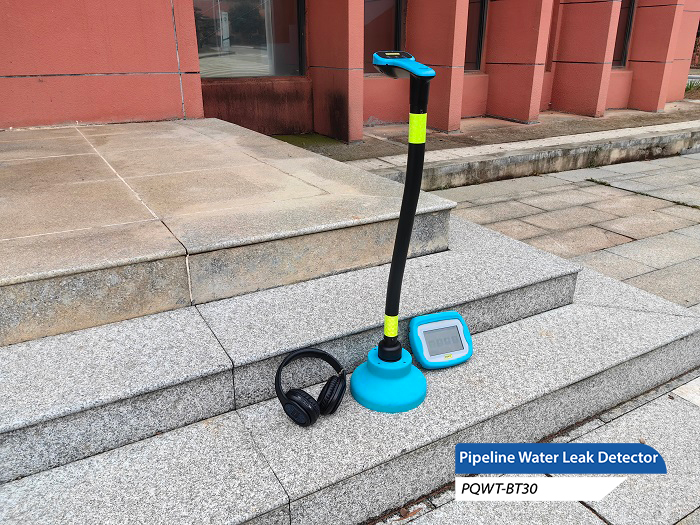As an important part of building safety, the integrity of fire hose is directly related to the efficiency of emergency response in case of fire. However, due to prolonged use, environmental factors, and material aging, fire hose leakage may occur, which not only affects the reliability of the fire protection system, but also causes waste of water resources and even damage to the building structure. Therefore, regular fire hose leakage detection, timely detection and repair of leaks are essential for maintaining fire safety.

Overview of detection methods
Fire mains leakage detection usually involves a variety of techniques and methods aimed at identifying potential leaks from all angles and perspectives. The following are a few common detection methods:
1. Visual Inspection: This is the most intuitive way of detection, looking for signs of leakage such as water stains, traces and drops by observing the visible parts of the fire hose system such as hose connections, valves, nozzles, etc. with the naked eye. Although simple, it is the first line of defense to find problems.
2. Pressure test: the use of professional equipment on the fire hose system to apply water pressure higher than the normal operating pressure, by monitoring the pressure changes to determine whether there is a leak. Static pressure test and dynamic pressure test are two commonly used test methods that can effectively reveal hidden leaks.
3. Thermal imaging detection: With the help of infrared thermography, detect the temperature difference on the surface of the fire water pipe and locate the possible leakage points. When the pipeline is not in working condition, it can more accurately distinguish abnormal temperature zones and improve detection accuracy.
4. Sound Detection: Use professional pipeline leak detector to listen to the subtle sound changes in the pipeline, such as dripping sound, running water sound, etc., in order to determine the location of the leak. This method is especially suitable for nighttime or low ambient noise scenarios, which can capture more subtle water leakage signals.
Practical operation points
Develop an inspection program: Based on the specific conditions of the fire hose system, develop a reasonable inspection cycle and program to ensure that all critical areas are adequately inspected.
Professional equipment: Invest in high-quality inspection tools, such as pressure testing equipment, infrared cameras and pipeline leak detectors, to enhance the accuracy and efficiency of inspection.
Professional training: Organize regular training for professionals to master the latest inspection techniques and standards and improve problem identification and handling capabilities.
Timely repair measures: Once signs of leakage are detected, measures should be taken to repair them immediately to avoid small problems from evolving into big hidden dangers.
Records and analysis: Detailed records of the results of each test, analyze the causes of water leakage, and provide data support for future prevention and maintenance.
Fire hose leakage detection is a systematic project that requires the comprehensive use of a variety of technologies and methods, combined with the experience and judgment of professionals to ensure the stable operation of the fire protection system. Through regular testing and timely maintenance, it can not only protect fire safety, but also effectively save water resources and reduce unnecessary economic losses. Therefore, strengthening the leakage detection of fire water mains is a necessary measure to maintain public safety and promote sustainable development.








